We love growing Quebec squash, and many varieties of winter squash are available. Discover the types of squash we grow in Sainte‑Brigitte‑des‑Saults, their particular characteristics, tips for buying, cleaning, cooking, preserving and much more.
Squash varieties and their characteristics
At Les Cultures de chez nous, we mainly grow spaghetti, Delicata, Butternut and Buttercup squash.
Spaghetti squash has an oval shape and pale yellow skin. Its flesh is also yellow and, when cooked, flakes with a fork to form spaghetti‑like filaments.
Delicata squash is one of the few we can eat the skin. The skin is pale yellow with thin green lines, and the flesh has a slight corn flavour.
Butternut squash, also known as butternut squash, is shaped like a pear. Its skin is pale, and its flesh has a light, buttery, nutty flavour.
Buttercup squash is quite round but slightly flattened. It has dark green skin and orange flesh. Perfect for soups, cream soups and muffins.
Squash nutritional values
Squash varieties are excellent sources of vitamin C and have antioxidant properties that can help prevent many chronic diseases.
To see the up‑to‑date nutritional values table for the different varieties of winter squash and their average composition, the amount of vitamins and minerals they contain and more, consult the winter squash data sheet (French only) from Mangez Québec (French only).

Buying, cleaning and preserving squash
When you buy a squash, choose one that is firm to the touch. If the skin is dull, it has been picked at the right time and is flavoured! To clean squash, run it under water, rubbing the skin with your hands or a vegetable brush. Once cut, you must remove the fibrous parts and seeds inside.
The skin of some squashes can be hard to peel. To remove the hard skin from a squash easier, cut it in half or sections and bake it on a baking plate. Once cooked, the skin peels off easily.
For the Delicata squash, like one of the varieties we grow, the skin is edible and very tender when cooked. So there is no need to peel.
For the spaghetti squash, you must cut it in half before baking in the oven. Once cooked, remove the flesh with a fork. The result is flesh that looks like cooked spaghetti! It is an excellent substitute for pasta in many recipes.
For preservation, winter squash is a reasonably hardy vegetable but sensitive to humidity and frost. Depending on the variety, squash can be stored for 2 to 3 months in a cool, dry place or at room temperature. To maximize their shelf life, store squash away from fruits that naturally produce ethylene, such as apples, peaches and avocados, as they will cause your squash to ripen more quickly.
You will find our different squash varieties in grocery stores across Quebec between September and the end of December.

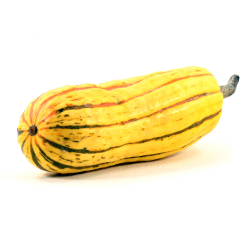
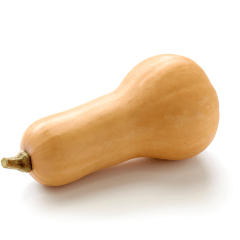
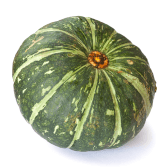
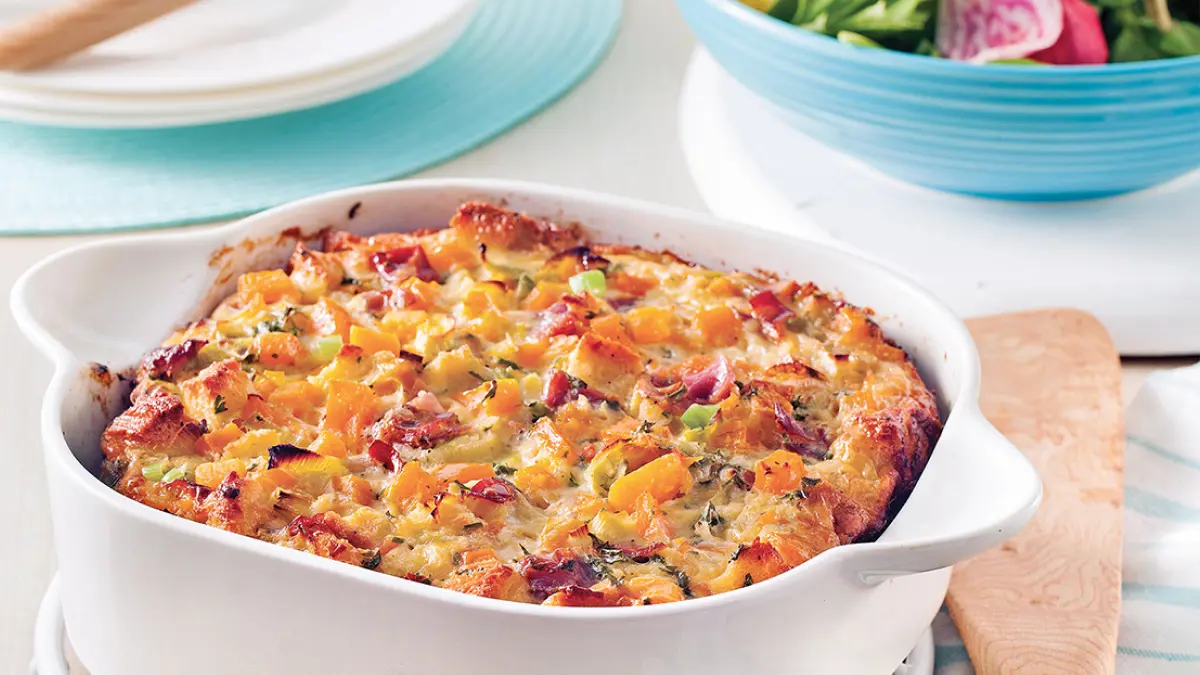
Squash growing
To grow our squash, we start by planting seeds in trays in our greenhouses. As soon as there is no longer any risk of frost on the ground, and the soil is at a good temperature, we transfer our squash seedlings to our fields. Squash plants need a lot of space! We water the soil properly throughout the summer and weed around the plants as needed. In September, we start harvesting, cleaning and delivering them to grocery stores across Quebec.
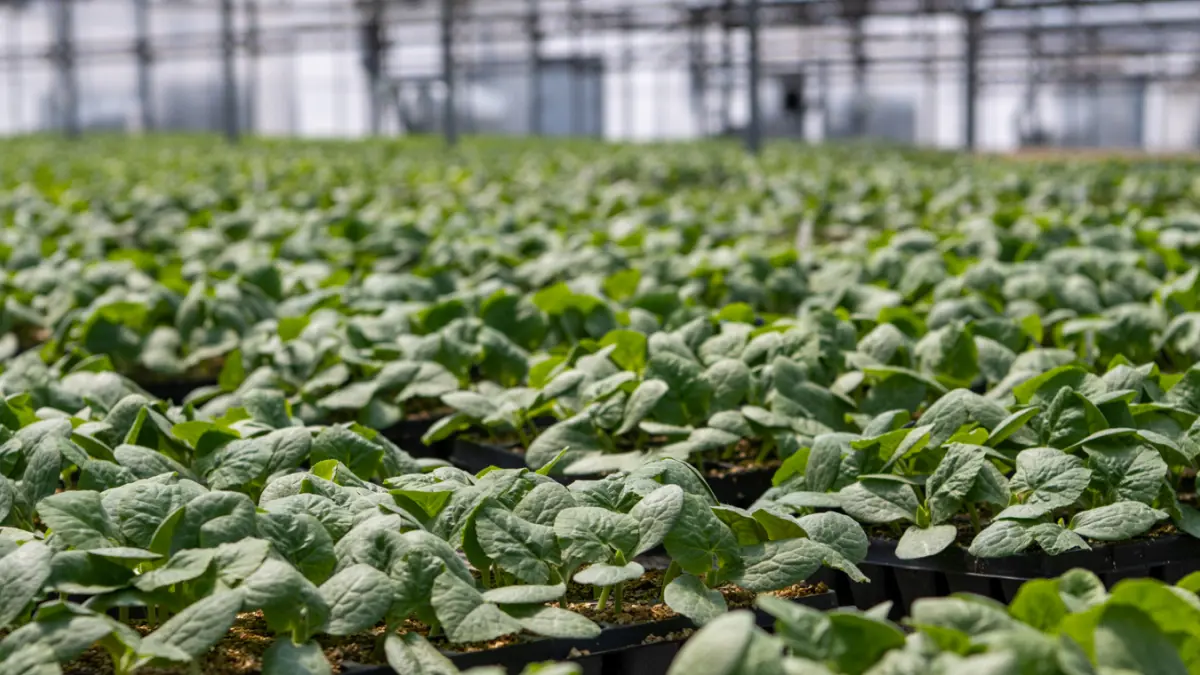
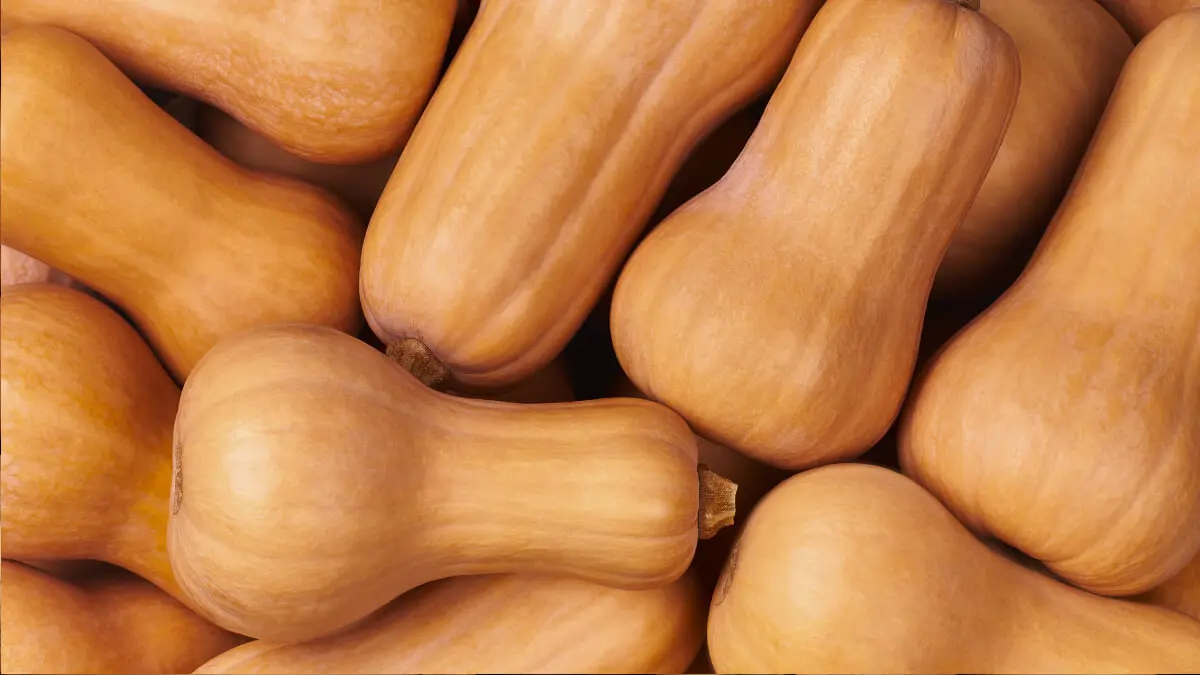
Where to find our products
Find out where to get our squashes near you!
See where to find our products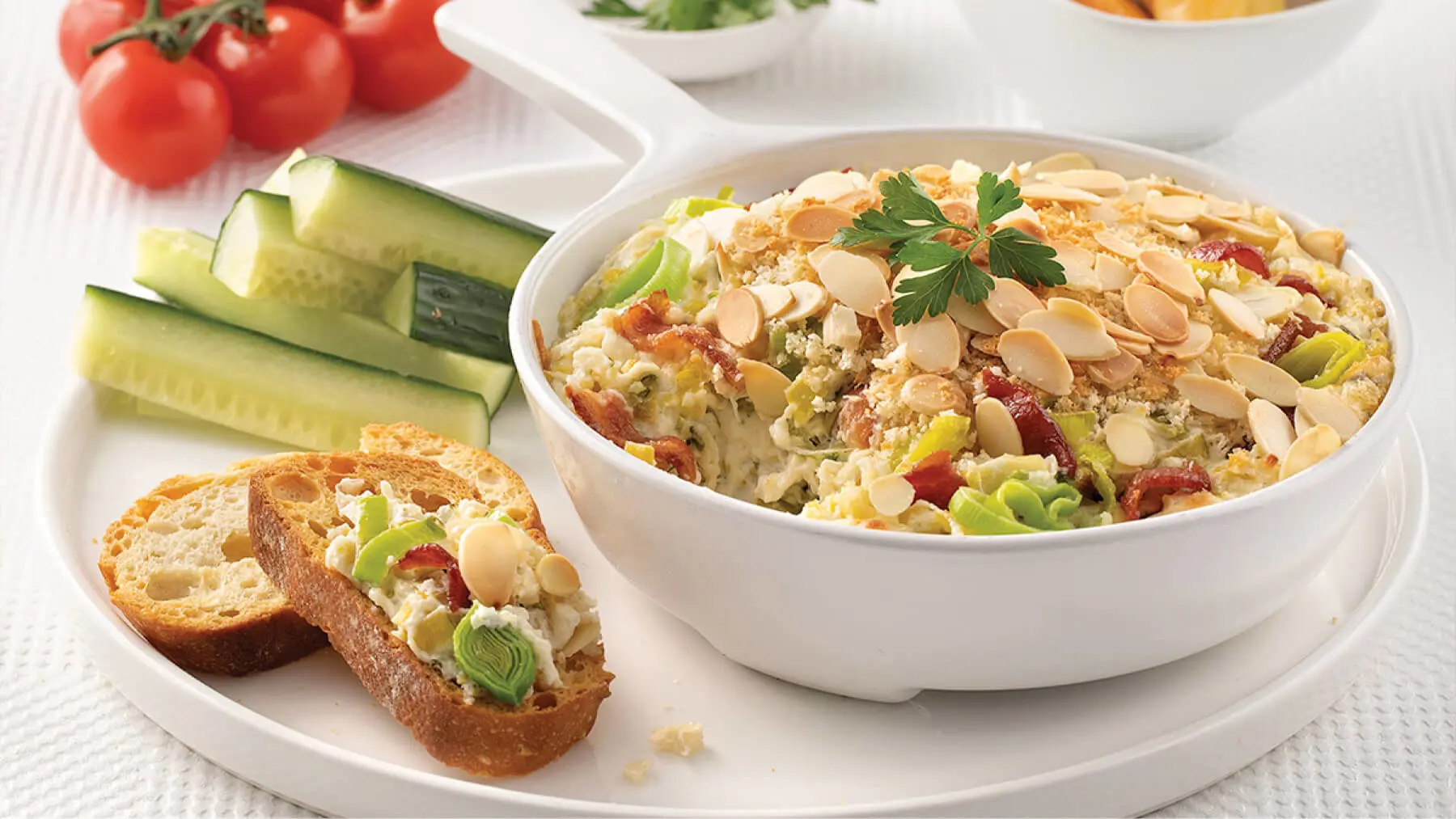
Squash recipes thanks to Crazy Leeks
For inspiration on how to cook our winter squash, Crazy Leeks is here for you! In addition to recipes with Quebec squash we grow, you will find plenty of recipes for the leeks, asparagus and berries we grow at Les Cultures de chez nous. Appetizers, soups, main courses, and more—you will love our squash recipes!
See our squash recipes